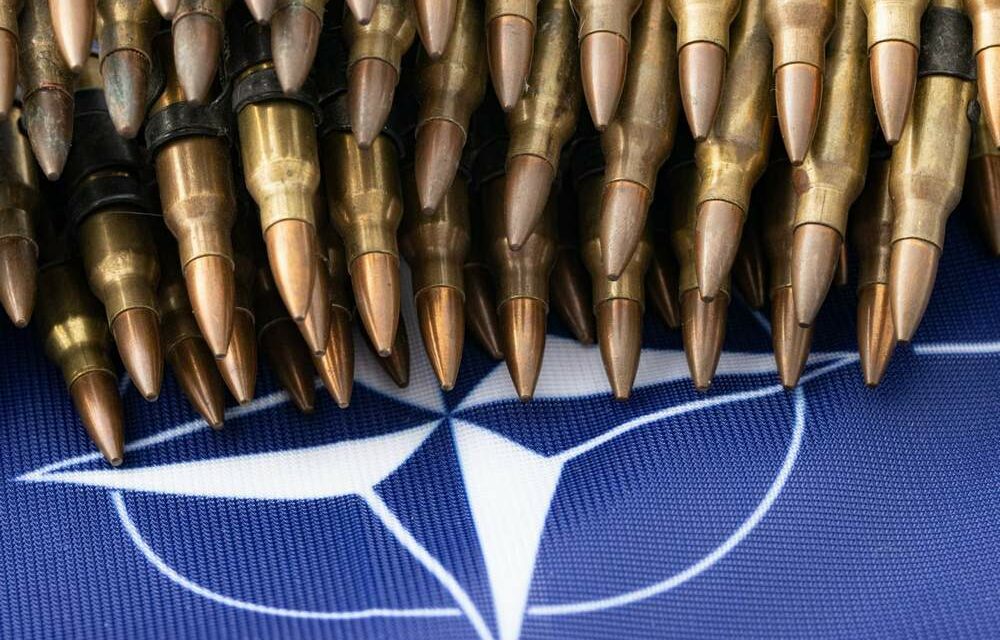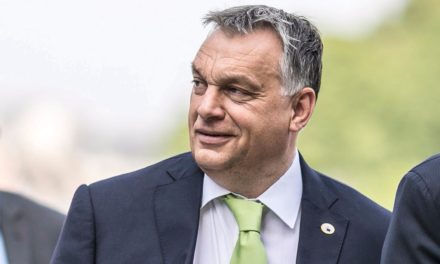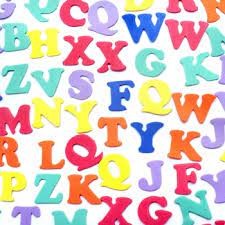The European NATO countries may already have enemies in the Pacific Ocean. From this point of view, it is interesting how NATO's strategic concept has changed in just ten years.
On February 27, German Chancellor Olaf Scholz, apparently shocked by Russia's invasion of Ukraine three days earlier, delivered his now famous Zeitenwende (change of era) speech before an extraordinary session of the German Bundestag in Berlin, in which he outlined a fundamental change in German defense policy. He stated that starting this year, two percent of the GDP will be spent on the development of the army every year, and in the 2022 budget, a one-time fund of 100 billion euros will be created for the purchase of weapons. The US State Department has already approved Germany's purchase of F-35 fighter-bombers capable of nuclear strikes worth more than eight billion dollars. Heron drones suitable for electronic reconnaissance are purchased from Israel. But in addition to weapons purchases, they also participate in the defense of NATO's eastern front, deploy additional troops in Lithuania, set up a new NATO unit in Slovakia, increase their participation in Romania's air defense, and develop and manufacture combat aircraft and tanks together with other European partners, especially France. In his speech, he also drew the attention of President Putin not to underestimate their determination to defend every square meter of NATO together with their allies.
Of course, not only Germany is arming itself, but also other countries, among which Poland can be highlighted, which buys fighter jets and missile launcher systems from the United States and South Korea to the tune of ten billion dollars, and also sets up its own production lines. Elsewhere, military development is also at a rapid pace, for example, Greece, Finland and Switzerland are also buying American F-35 fighter-bombers, even though they are not cheap, they cost around 160 million dollars. But it seems that there is money, for example, the European Union spent 225 billion dollars (214 billion euros) on military expenditure in 2021, but this is still far short of the amount set by NATO for itself, corresponding to 2 percent of GDP, so Josep Borrell, the EU's foreign affairs and defense chief, promised to increase this amount by 74 billion dollars (70 billion euros).
For me, Róbert Berény about this armament! To arms! I am reminded of his poster, which, as the emblematic poster of the Soviet Republic of 1919, is probably known to everyone. At that time, Berényi's poster served the purpose of creating an armed force to repel the Romanian and other troops invading the country, instead of the army liquidated by the Károlyi government (Béla Linder: I don't want to see a soldier). However, the question is where the current armament will lead. In all cases, the reason is Russia's aggression and the fear that after Ukraine, Putin will also attack NATO member countries. However, if we look at NATO and Russia's military spending and weapons systems, it turns out that NATO has a many times advantage over Russia.
NATO's military budget is roughly twenty times that of Russia. In 2022, NATO had approximately 3.4 million active troops, compared to 1.4 million active troops in the Russian military. The combined military capabilities of the thirty countries that make up NATO are many times greater than Russia's. In terms of the number of aircraft, for example, there are 20,723 against 4,173, and in terms of naval power, there are 2,049 warships against 605. There is a balance only in terms of ground combat vehicle capacity and nuclear warheads.
Therefore, Russia is not a threat to NATO in any way, and Russia did not push towards the original NATO territories, but NATO expanded - despite the promises made to Gorbachev - right up to the border of the Russian Federation. By the way, he did this by organizing and financing "color revolutions" and helping leaders who wanted to see their country join NATO at all costs. For example, Ukraine was dragged into the conflict with Russia (the main reason for which is the country's aspiration for NATO membership) in such a way that two-thirds of the population opposed NATO membership.
If, from the point of view of NATO's armament, the Russian threat is not a reason, just an excuse, then what could be the real reasons? We get closer to answering this question if we read NATO's strategic concept for 2022 and learn that NATO no longer only has tasks in the North Atlantic region, as its name suggests, but also in the Pacific Ocean. NATO's Strategic Concept 2022, for example, states that China is increasingly challenging NATO interests as it seeks to control key technological and industrial sectors, as well as strategic materials and supply chains. The deepening strategic partnership between China and Russia and their mutually reinforcing attempts to undermine the rules-based international order are also contrary to NATO's values and interests.
The European NATO countries can therefore already have enemies in the Pacific Ocean. From this point of view, it is interesting how NATO's strategic concept has changed in just ten years. In 2010, China was not even mentioned in NATO's strategic concept, and cooperation with Russia was considered to be of strategic importance. NATO only mentioned China for the first time in 2019. At the time, the alliance spoke about the opportunities and challenges posed by China's growing influence. Just two years later, the word "opportunities" was no longer included in NATO's concept.
It is interesting to mention another aspect of armaments, notably the role of a significantly strengthened militarily Poland in the Lublin Triangle alliance established in 2020. This alliance, which includes Poland, Lithuania and Ukraine, was created on the model of the Union of Lublin in 1569, and its purpose is to strengthen mutual military, cultural, economic and political cooperation, as well as to support Ukraine's territorial integrity and its accession to the European Union and NATO. its integration into If this concept is realized, then a strong military power with the population of Germany, stretching from the Baltic Sea to the Black Sea, will be created, as was already the case in the 1930s in the form of the Piłsudski Plan. Such a well-armed alliance of states would be a powerful opponent of Russia, but it would probably also have its own independent ambitions, which may not necessarily be the same as the interests of the United States, since the United States primarily needs NATO states that support its ideas.
In connection with theater plays, it is often mentioned that if a gun appears in the first act, it will certainly go off in the third, which means that sooner or later these weapons will be used in some form. True, this prediction is contradicted by the experience of the fifties and sixties, when a significantly larger part of the national income was spent on armaments, yet it did not turn into a war between the great powers. However, the situation at that time was characterized by a balance of power, which has now been broken, and it is difficult to predict when and in what form a new, stable geopolitical position will emerge for a longer period of time.
Hungary is also arming itself according to its talent, but it must be seen that, especially as a landlocked country, we are largely at the mercy of the events taking place around us. The current struggles are far from Hungarian interests, and we cannot really expect that they will benefit us in the end - no matter how they are decided - therefore, as far as possible, we must stay out of them.
It may not be timely, but I will mention that one of the goals of the 1956 war of independence was the country's neutrality. When - when the Soviet troops left - this could have been achieved, great forces were put into action to prevent it and to achieve entry into NATO. However, Austria was able to maintain its neutrality for all this time, and if we could join it, perhaps it would be possible to develop a Central European cooperation that would not be vulnerable to the ambitions of great powers far away from us.
Source: Magyar Hírlap
The author is an economist and a consultant to the National Forum
Photo: unsplash.com












